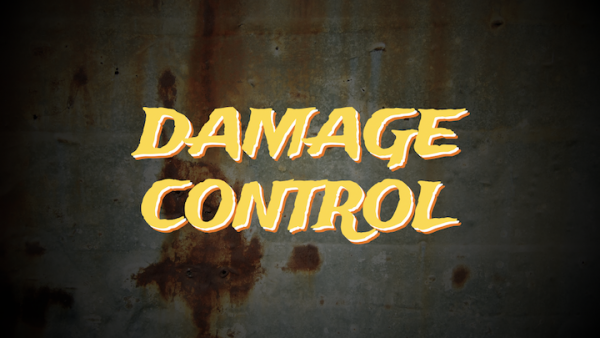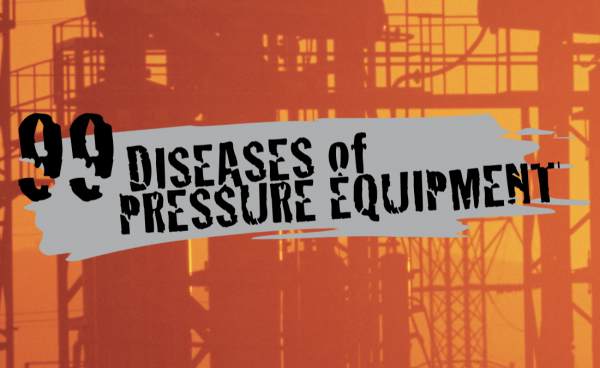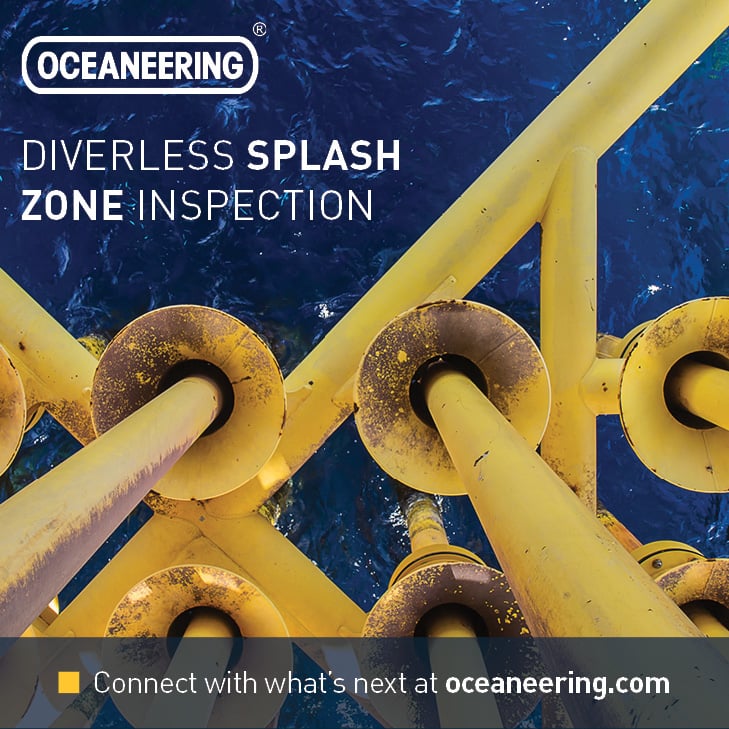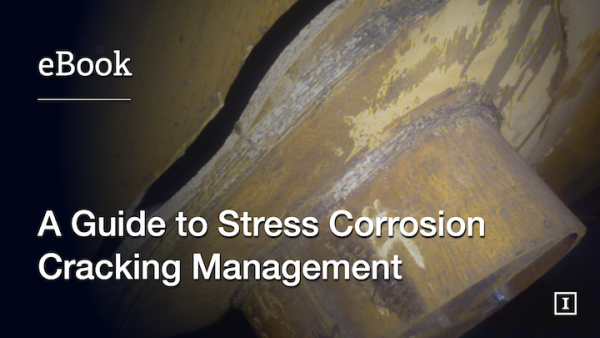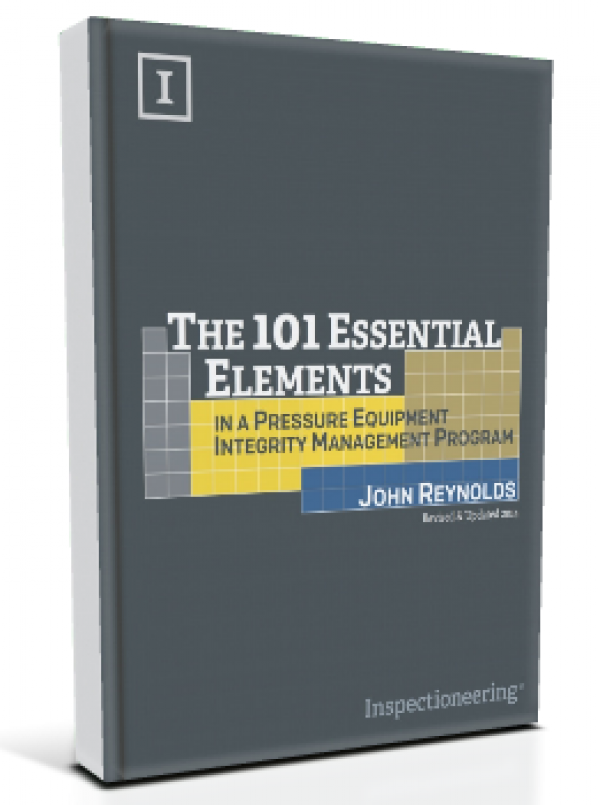Carbonate Stress Corrosion Cracking, often simply referred to as carbonate cracking, is a form of stress corrosion cracking (SCC) caused by the combined effects of the presence of carbonates and either applied or residual tensile stress. Carbonate cracking is a form of alkaline stress corrosion cracking occuring in carbon and low-alloy steels in process environments containing a free water phase with carbonate ions and where some amount of H2S is present. Typical damage morphology of carbonate cracking involves surface breaking cracks, often characterized by small, spider-web type cracking that often initiates at weld defects. Crack propagation is often parallel to welds in the heat affected zone (HAZ) or in the base metal directly adjacent to the HAZ, although there have been a limited number of reported cases in the weld deposit itself. Damage appearance is usually an intergranular network of interconnected, branched cracks that are often oxide-filled. Carbonate cracking is often confused with sulfide stress cracking (SSC) or stress-oriented hydrogen induced cracking (SOHIC). One delineating factor associated with carbonate SCC is that it typically initiates further away from the toes of welds and exhibits multiple parallel cracks relative to SSC or SOHIC.
Areas Susceptible to Carbonate SCC
Carbonate cracking has been reported in refineries since the early 1980s, and typically occurs in oil refinery fluid catalytic cracking (FCC) units and sour water stripper (SWS) units. Specifically, the FCC main fractionator overhead condensing and reflux systems, as well as downstream wet gas compression and sour water storage systems (piping and vessels), are notably prone to this type of cracking. FCC unit feed quality and overall unit operation can influence damage susceptibility. Process conditions, such as nitrogen and sulfur content in the feed, along with other operating practices can increase overall risk. Additionally, in SWS units, top pump-around sections, highly cold-worked components such as u-bends in condenser tubes, and ammonia acid gas knockout sections are usually the regions of highest concern for carbonate cracking damage.
Carbonate SCC Mitigation/Prevention
When done properly, post weld heat treatment (PWHT) is an effective way to prevent carbonate cracking. In situations where post weld heat treatments are ineffective, barrier coatings are also an adequate method of prevention.
Carbonate SCC Inspection
Carbonate cracking is often difficult to detect without careful surface preparation and wet fluorescent magnetic particle testing (WFMPT) methods. Carbonate cracking can also be tested for via other methods such as shear wave ultrasonic testing, acoustic emission testing, and radiographic testing, although these tend to be less effective than WFMPT. Visual examinations can be used as well, but these tend to be ineffective except in more advanced cases.
References
- Prueter, P., 2022, “Damage Control: Stress Corrosion Cracking Detection,” Inspectioneering Journal, 28(2), pp. 45-52.
Related Topics
- Amine Stress Corrosion Cracking
- Ammonia Stress Corrosion Cracking
- Caustic Stress Corrosion Cracking
- Chloride Stress Corrosion Cracking
- Polythionic Acid Stress Corrosion Cracking (PASCC)
Relevant Links
Topic Tools
Share this Topic
Contribute to Definition
We welcome updates to this Integripedia definition from the Inspectioneering community. Click the link below to submit any recommended changes for Inspectioneering's team of editors to review.
Contribute to Definition


